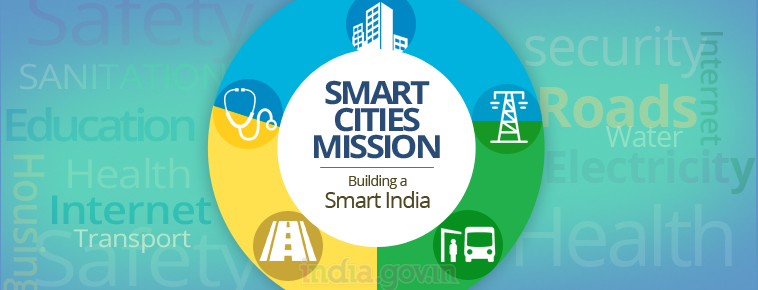The Smart cities mission’s as a policy had clear vision but lacked mission. Discuss
The Smart Cities Mission (SCM) was launched in 2015 with the aim of creating sustainable, citizen-friendly, and technologically advanced urban spaces. While the policy had a clear vision, its implementation has been marred by several challenges, leading to concerns that it lacks mission.
Clear Vision:
The SCM had a well-defined vision, which was to:
- Promote sustainable and inclusive urban development: By encouraging mixed land use, compact and connected cities, and efficient use of resources.
- Improve quality of life: By providing citizens with access to basic services, amenities, and opportunities for economic growth.
- Enhance citizen participation: By engaging citizens in the planning and decision-making process through various mechanisms.
Lack of Mission:
Despite having a clear vision, the SCM has faced several challenges that have hindered its effective implementation. Some of the key issues include:
- Inadequate funding: The SCM relied heavily on private sector investment, which has been slow to materialize. This has resulted in a significant funding gap, which has impacted the pace of project implementation.
- Lack of institutional capacity: Many cities lacked the necessary institutional capacity, including skilled personnel and effective governance structures, to manage and implement SCM projects.
- Ineffective public-private partnerships: The SCM’s reliance on public-private partnerships (PPPs) has been problematic, with many projects facing delays and cost overruns due to inadequate risk sharing and poor contract management.
- Insufficient citizen engagement: Despite the emphasis on citizen participation, many cities have struggled to engage citizens effectively in the planning and decision-making process.
To address these challenges, the government needs to revisit the SCM’s implementation strategy and make necessary course corrections. This could include:
- Providing additional funding: To bridge the funding gap and support project implementation.
- Building institutional capacity: By providing training and capacity-building programs for city officials and staff.
- Strengthening PPP frameworks: By developing more effective risk-sharing mechanisms and contract management practices.
- Enhancing citizen engagement: By using innovative mechanisms, such as participatory budgeting and citizen juries, to engage citizens more effectively in the planning and decision-making process.
The Smart Cities Mission had a clear vision, its implementation has been hindered by several challenges. To achieve the mission’s objectives, the government needs to address these challenges and make necessary course corrections.
Source –

